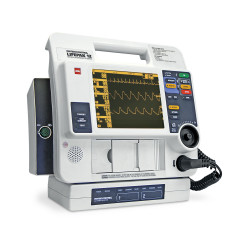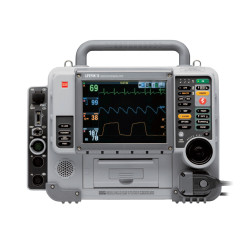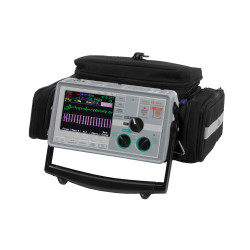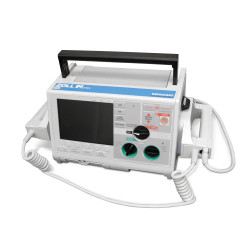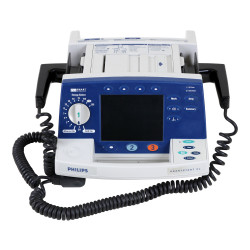Lifepak 20 Medtronic Physio-Control
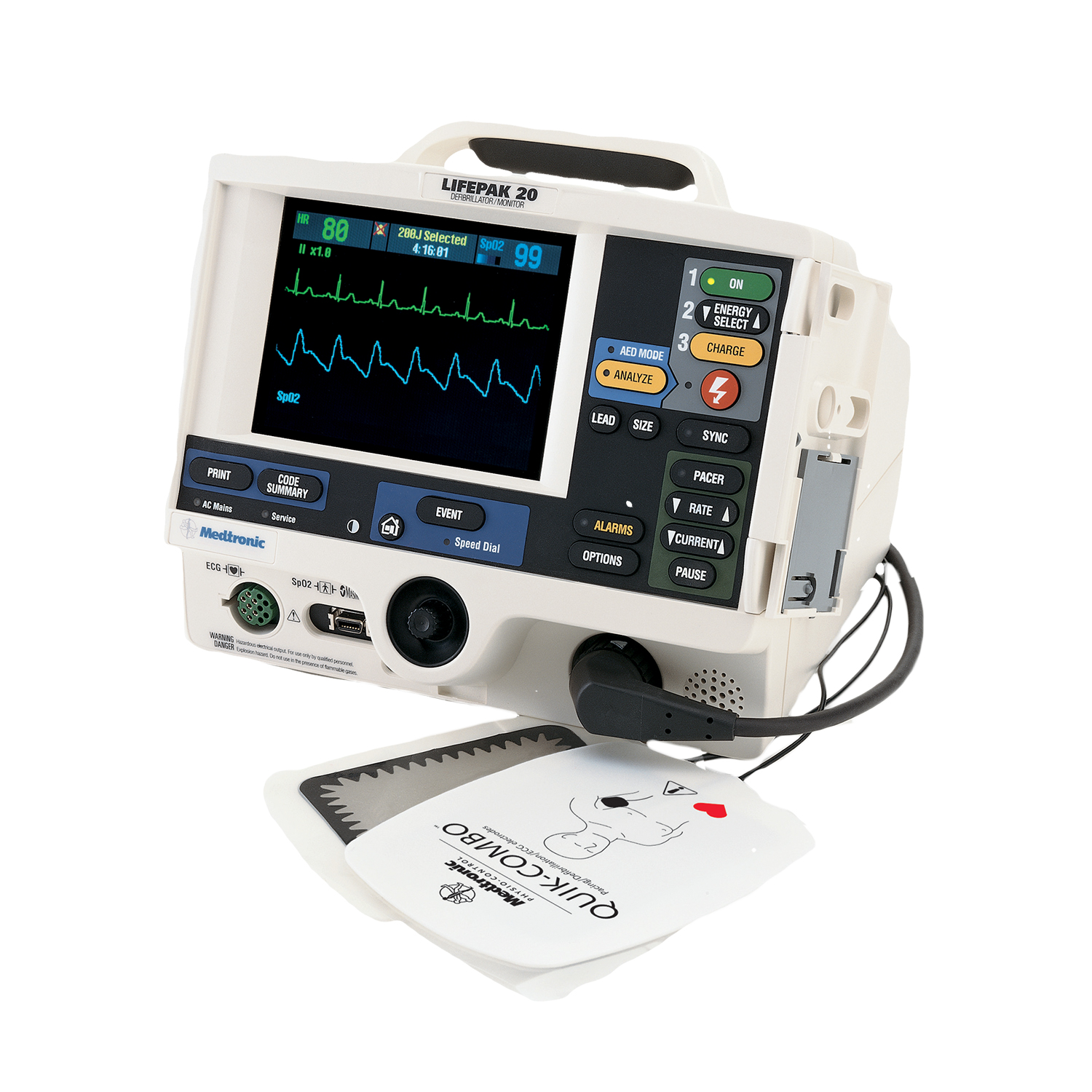
Lifepak 20 Medtronic Physio-Control
0 item is in your cart. View cart now
All product and company names are trademarks of their respective holders. Use of them does not imply any affiliation with or endorsement or sponsorship by them.
Details
Consider a cost effective used but professionally New Lifepak 20 from Med Vest Technology. We test, touch up, replace, and restore these units to manufacturer specifications and offer a great value on recent technology.
Using ADAPTIV™ biphasic technology, the Lifepak® 20 Defibrillator/Monitor offers both manual and AED modes for hospital and clinic settings. The system offers both monitoring and therapeutic functions and can help hospitals meet standards of the Joint Commission on Accreditation of Healthcare Organizations (JCAHO) to have resuscitation services readily available throughout the hospital.
From arrest to defibrillation: three minutes or less is the recommended goal for hospitals.
You're committed to the highest standards of patient care in everything you do — including resuscitation services. Knowing this, Physio-Control, the world leader in defibrillation technology, designed the LIFEPAK 20 defibrillator/monitor with extensive input from clinicians around the world.
The LIFEPAK 20 is highly intuitive to use and adapts to various patient environments. It skillfully combines an AED function for the infrequent, BLS-trained responder, with manual capability so that ALS-trained clinicians can quickly and easily deliver advanced diagnostic and therapeutic care. It's two defibrillators in one.
Simple yet sophisticated, the LIFEPAK 20 enables clinicians at every level to focus on the most important task at hand — saving a patient's life.
The LIFEPAK® 20 Defibrillator/Monitor: The smart, flexible answer to your hospital's diverse defibrillation needs.
The LIFEPAK 20 defibrillator/monitor has seven main operating modes:
- Manual Mode: — Provides a normal operating capability for ALS users. Allows access to manual mode energy options up to 360J, synchronous cardioversion and pacing. ECG waveform is displayed.
- AED Mode: — (Consistent with 2005 AHA Guidelines for CPR and ECC and ERC Guidelines for Resuscitation 2005.) Provides a normal operating capability for BLS users. All user features are available except manual defibrillation, synchronous cardioversion, pacing, and access to archived patient records. Provides shock energy defaults up to 360J. User option to display ECG waveforms and/or visual AED prompts.
- Setup Mode: — Allows the operator to configure the device settings.
- Service Mode: — Allows the operator to execute diagnostic tests and calibrations, to display device module software and hardware versions, and to display and print the diagnostic code log.
- Inservice Mode: — Simulated waveforms are available for demonstration purposes. The waveforms consist of short segments of realistic data, which are repeated to form a continuous waveform.
- Archive Mode: — Provides operator the opportunity to access records of previous patients for review, transmission, printing, editing or deletion.
- Auto Test Mode: — Performs daily self tests.
- Daily Auto Test: — Each day at approximately 0300 (3:00 am), the 20 automatically completes the following tasks:
- Turns itself on.
- Performs self-tests.
- Charges to a low energy level and then discharges through a test load.
- Tests the pacing circuitry (if noninvasive pacing installed).
- Turns itself off.
Power
The device is an AC line operated device with an internal battery as backup.
- AC Powered: — 90–132 VAC 50/60Hz, 198–264 VAC 50/60 Hz, total power draw less than 120 volt-amperes (VA).
- Internal Battery Backup: — NiMh. Batteries charge while device operates from AC Power.
- Operating Time: — A new fully charged internal backup battery will provide the following prior to shutdown:
- Monitoring: 120 total minutes; 5 mnutes after low battery
- Monitoring in device without Pulse Oximeter: 35 total minutes; 5 minutes after low battery
- Defibrillation (360J discharges): 90 total; 3 after low battery
- Monitoring plus pacing (Minutes at 100 ma, 60 ppm): 70 total; 2 after low battery
- Typical Battery Charge Time: — <2 hours when device is powered off and AC power is applied
- Low Battery Indication and Message: — When the device is unplugged from AC power, it switches to battery. When battery gets low, the battery detection icon is indicated with a low battery message in the status area, and a warning tone occurs.
- Warmstart: — With inadvertent loss of power (<30 seconds) device retains settings.
- Service Indicator: — When error detected.
Specifications
Physical Weight & Dimensions
- Height: 8.4 inches (21.3 cm)
- Width: 26.2 inches (10.3 cm)
- Depth: 26.2 inches (10.3 cm)
- Weight:
- Fully featured defibrillator/monitor (pacing and SpO2) 5.58 kg (12.3 lbs)
- QUIK-COMBO cable: .20 kg (.43 lbs)
- Standard (hard) paddles: .88 kg (1.95 lbs)
Display
- Size (active viewing area): 115.18 mm (4.53 in) wide × 86.38 mm (3.4 in) high
- Resolution: 320 x 240 dot color active LCD. Displays a minimum of 4 seconds of ECG and alphanumerics for values, device instructions or prompts. Option to display one additional waveform.
- Waveform display sweep speed: 25 mm/sec for ECG
Frequency Response
- Diagnostic: 0.05 to 150 Hz or 0.05 to 40 Hz (user configurable)
- Monitor: 0.67 to 40 Hz or 1 to 30 Hz (user configurable)
- Paddles: 2.5 to 30 Hz
- Analog ECG Output: 0.67 to 32 Hz (except 2.5 to 30 Hz for paddles ECG)
